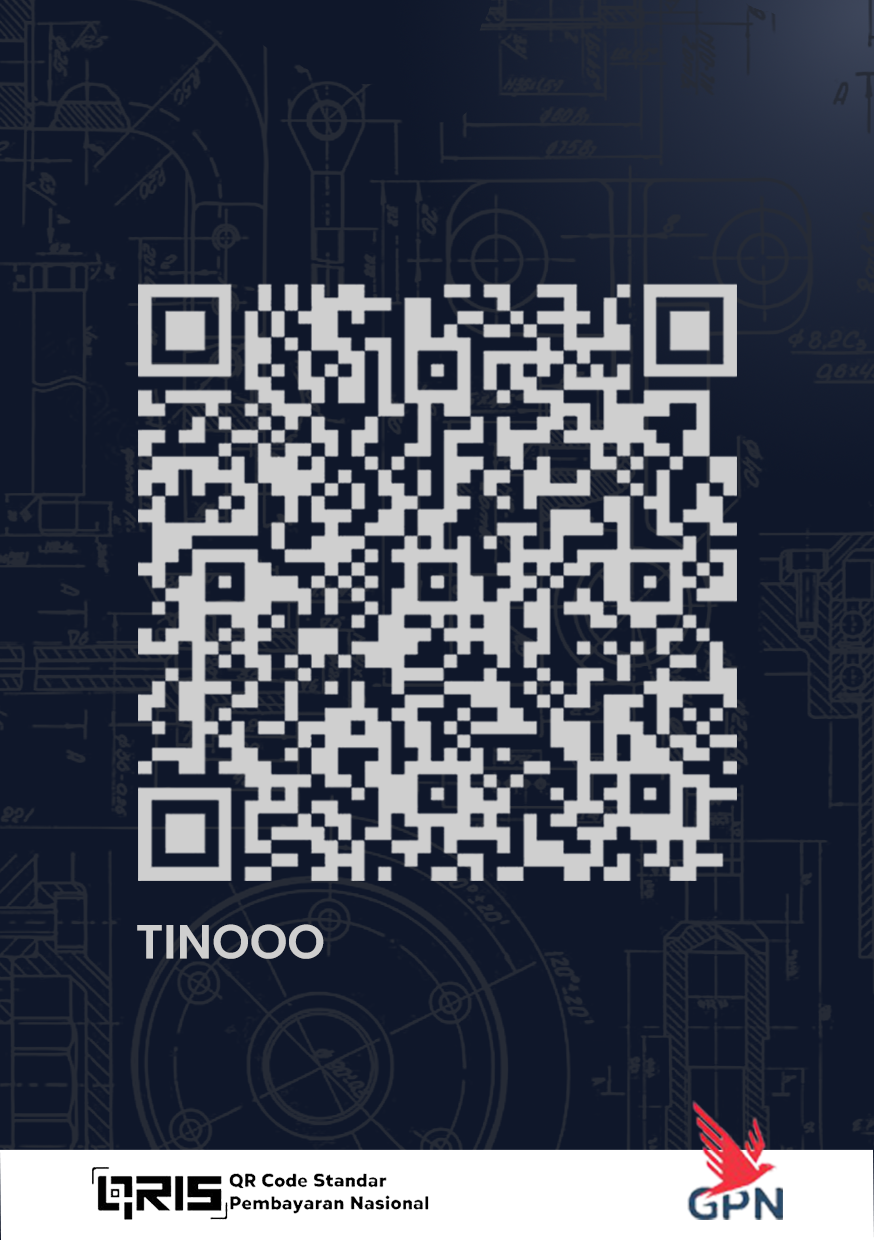Inertia: The Unseen Force Tearing Engines Apart
Inertia is the immense force generated by the piston as it is violently accelerated and decelerated thousands of times per minute. This force, which is completely separate from combustion pressure, places the greatest stress on the engine's rotating assembly (piston, wrist pin, connecting rod). Understanding and managing inertia is the ultimate challenge in building a durable, high-RPM engine.
The Physics of Extreme Acceleration
The inertia force is calculated using a standard physics formula, combining the mass of the reciprocating components and their incredible acceleration at Top Dead Center (TDC).
Piston Acceleration
First, we determine the piston's maximum acceleration, which occurs as it stops and reverses direction at TDC. This value increases exponentially with RPM.
Inertia Force (Newton's Second Law)
With acceleration known, we apply Newton's famous law (F=ma) to find the resulting force exerted on the components.
The RPM Limit: Why Engines Explode
Inertia force increases with the square of the engine speed. This means doubling the RPM quadruples the stress on the components.
The Weakest Link
At extreme RPM, the inertia force pulling the piston down can exceed the tensile strength of the connecting rod. When this happens, the rod stretches and breaks, leading to a catastrophic failure known as "throwing a rod."
The Solution: Lightweight Components
Since force equals mass times acceleration (F=ma), the most effective way to increase an engine's RPM limit is to reduce the mass. This is why race engines use expensive, lightweight forged pistons, titanium rods, and light wrist pins.
